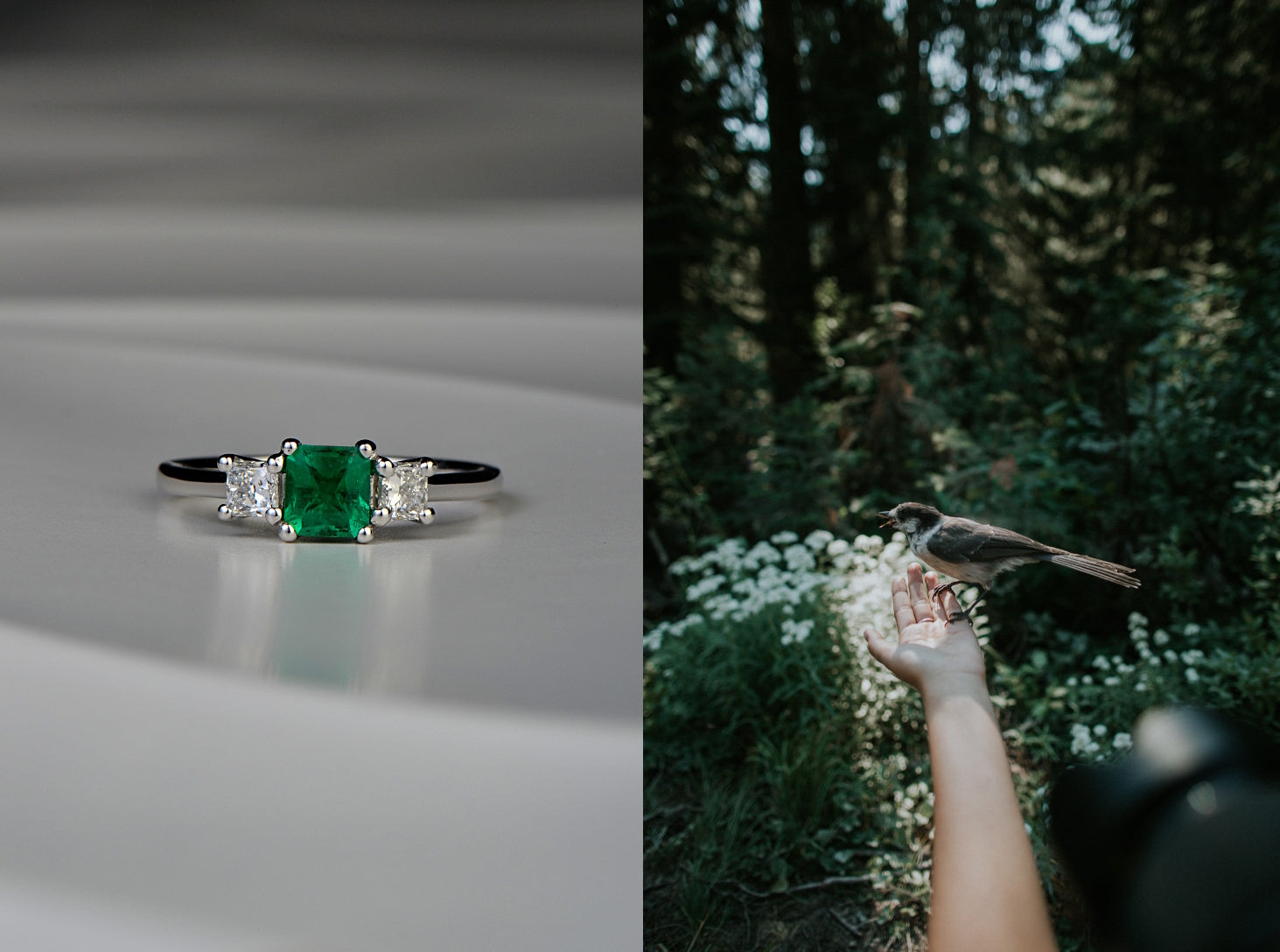
Nature creates, man designs.
Share
There is no doubt that Nature is the most exciting and prolific creator. All around us, tiny miracles are happening and we don’t even notice. There might be the most dramatic multicoloured sunset we miss while watching tv or a murmuration of starlings to rival any Red Arrows display, or a shooting star that we would have seen had we not been trying to de stress by losing ourselves in a bit of entertainment. I think we all work too hard and although we're losing our connection with the natural world, it is written into our hearts that natural is better than man-made, that man-made is always a second class copy of the real thing, but is this always true?
Human beings have created some amazing things when working in harmony with nature. The Amazon was actually shaped by man rather than being a pristine natural kingdom. Humans have inhabited the Amazon for 13,000 years and have been domesticating plants for at least 8,000. Studies have shown that the Amazon is a patchwork of gardens where trees such as the brazil nut, rubber tree, maripa palm and cocoa tree have clearly been cultivated by man rather than placed there by nature.
It’s the inventiveness and curiosity of humans that drives their creativity. When life gives us lemons, we find a great way of using them to make something special. With this in mind, I was surprised to discover that life didn’t give us lemons, humans did. By interbreeding naturally occurring citrus varieties like sour oranges and citron, man created a new yellow fruit.

Curiosity is not something we are taught, it’s something we are born knowing how to do, an intrinsic part of who we are. A wonderful story about vanilla demonstrates this beautifully. Vanilla was first discovered in Mexico and although plants were taken to different parts of the world, bees refused to pollinate vanilla orchids unless they were in their native land. This problem was first solved by Edmond Albius, a 12-year-old slave in Reunion, an island in the Indian Ocean. Working under the supervision of a plantation owner, Albius figured out a way to hand-pollinate the plant, something no one else had been able to do. The two men soon took this technique to other plantations. Within years, the island inhabitants started exporting tons of vanilla around the world as the demand for the coveted plant was high at that time. All the vanilla in the market today is made by that technique as the bees are still quite stubborn about not doing it themselves. This keeps the price low and makes vanilla available to everyone instead of just an elite few.

Man’s influence on the world can make it extra special. When we connect with the environment in a way that respects its laws, we make the world a better place. It is only when we lose sight of our connection with nature that we harm our planet rather than improve it. Fortunately, there’s a growing awareness of the mistakes we have made in the past. Concern for the future of our planet is driving more and more consumer choices towards eating less meat, finding environmentally friendly alternatives to harmful products and in general, taking more of an interest in how things are made.

That’s one of the reasons we are seeing more demand for lab grown stones such as moissanite. People are seeking a gemstone that sparkles but which hasn’t been mined, a stone that fits with their other shopping habits such as buying locally grown vegetables, using renewable energy and cutting down on the plastic they use.
Moissanite isn’t a fake version of a diamond and it's not inexpensive. It is a lab grown version of a natural gemstone. It is made of silicon carbide whereas diamond is made of carbon. The unique properties of silicon carbide mean light travels faster through moissanite than it does through diamond. It is the speed of the light that results in a gemstone’s sparkle, or fire as it is sometimes called.
Normal white light is composed of a rainbow of colors. Each of those colours is a wavelength of light. When white light passes through a gemstone, each of its colours travels through it at a different speed. This is literally “dispersion”: the wavelengths previously joined in white light “disperse” and exit the gem separately, creating the rainbow colour display. That is why you may see more rainbow flashes of colour in moissanite than you are likely to see in diamond.
This is a video I created that shows a really exceptional 0.75ct diamond followed by a moissanite of the same size so you can see what the difference is between the stones in terms of sparkle.
Diamonds will always be prized for their beauty and as a gift from nature that has been formed in the belly of the earth for millions of years but moissanite also has a place in your jewellery box if you love sparkle and admire the technology inspired by nature that means the natural world can be left undisturbed by its creation.



